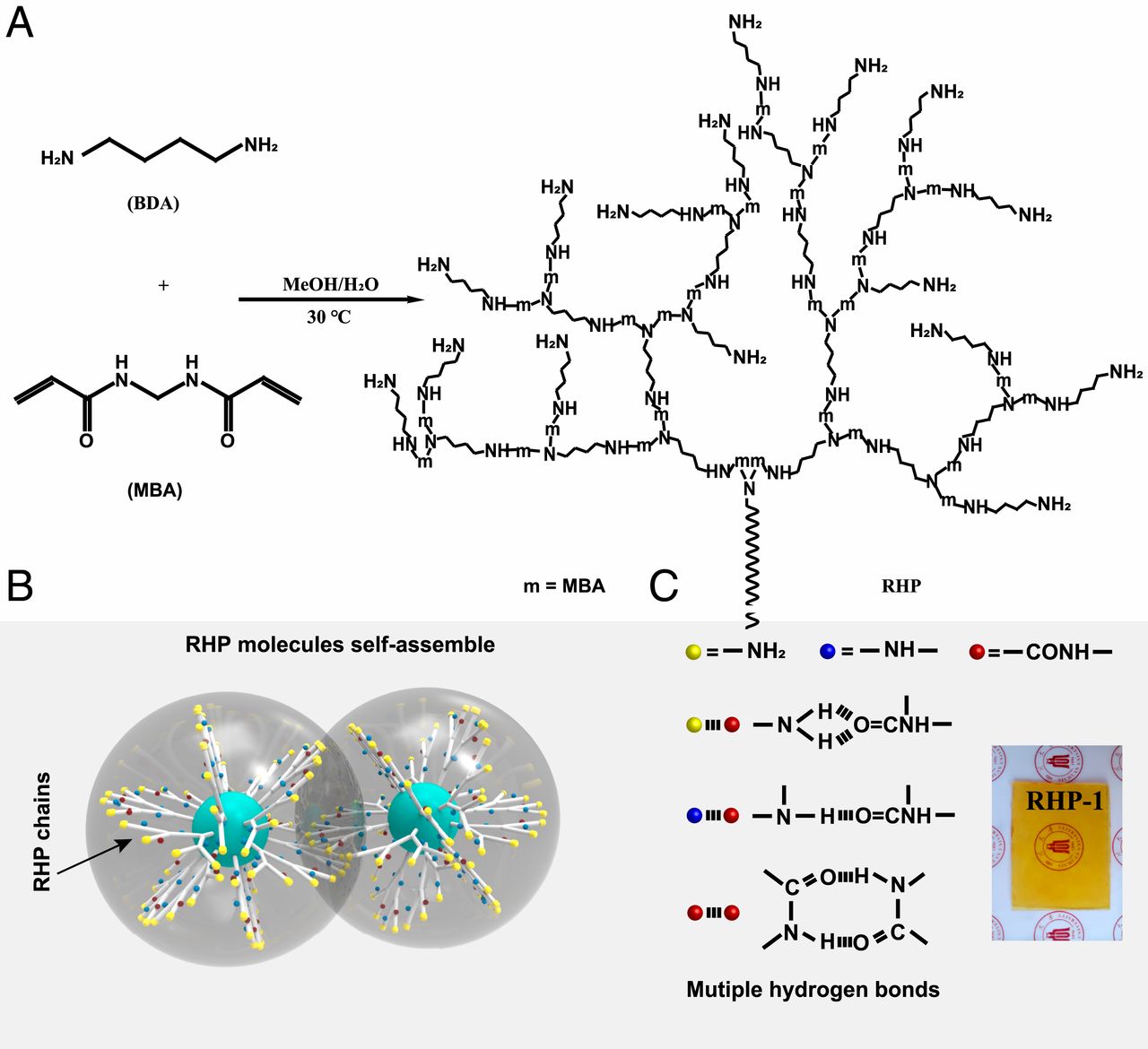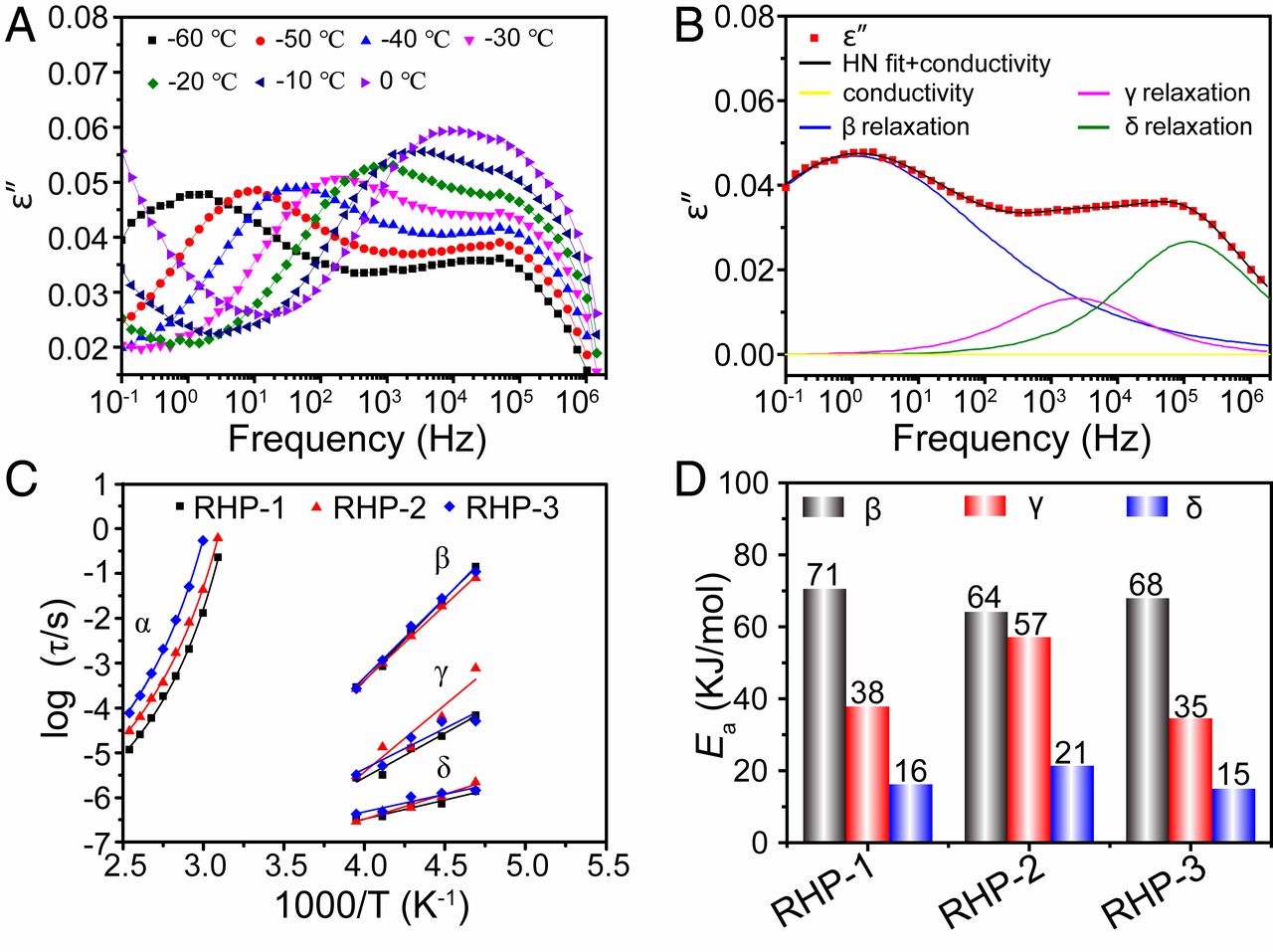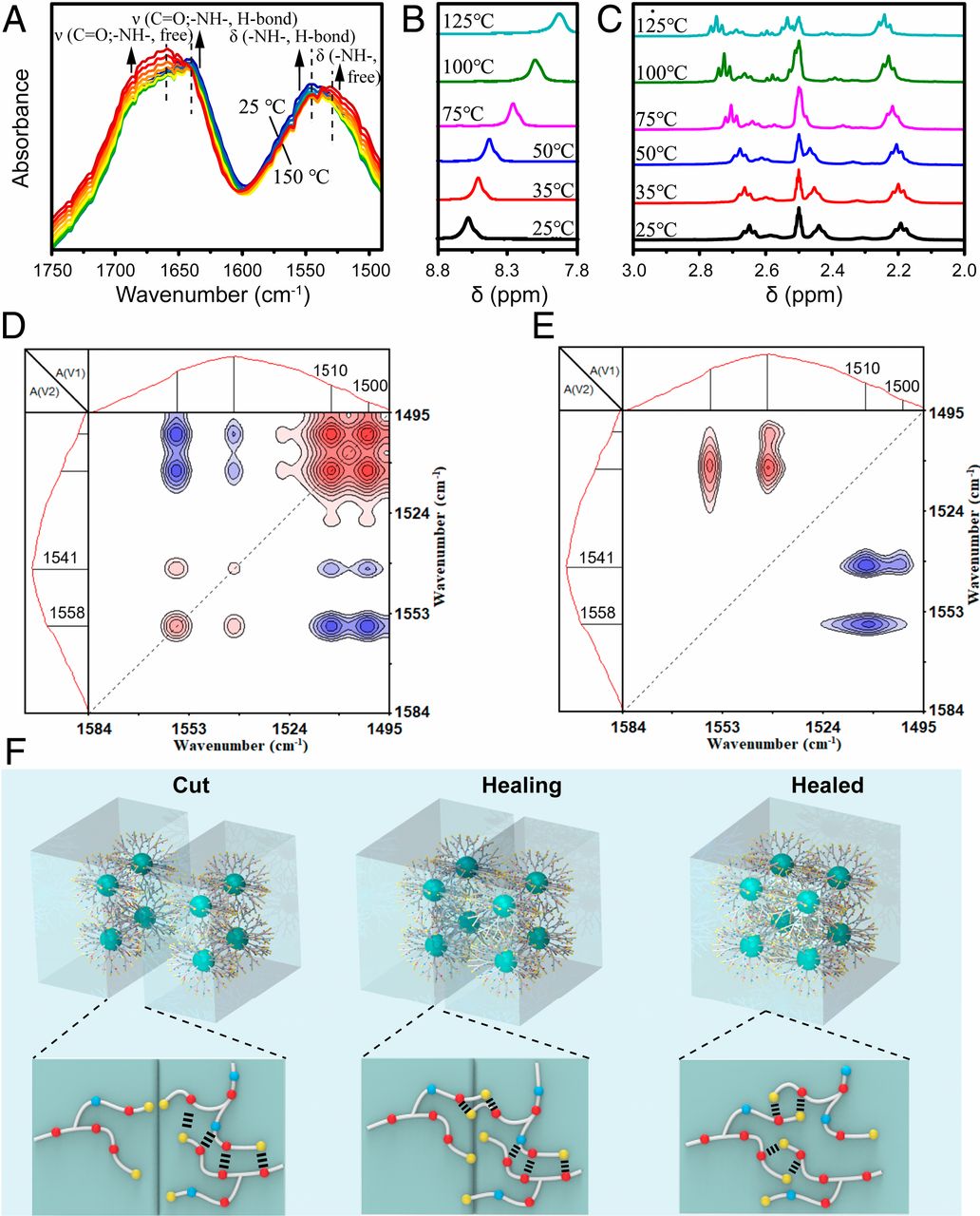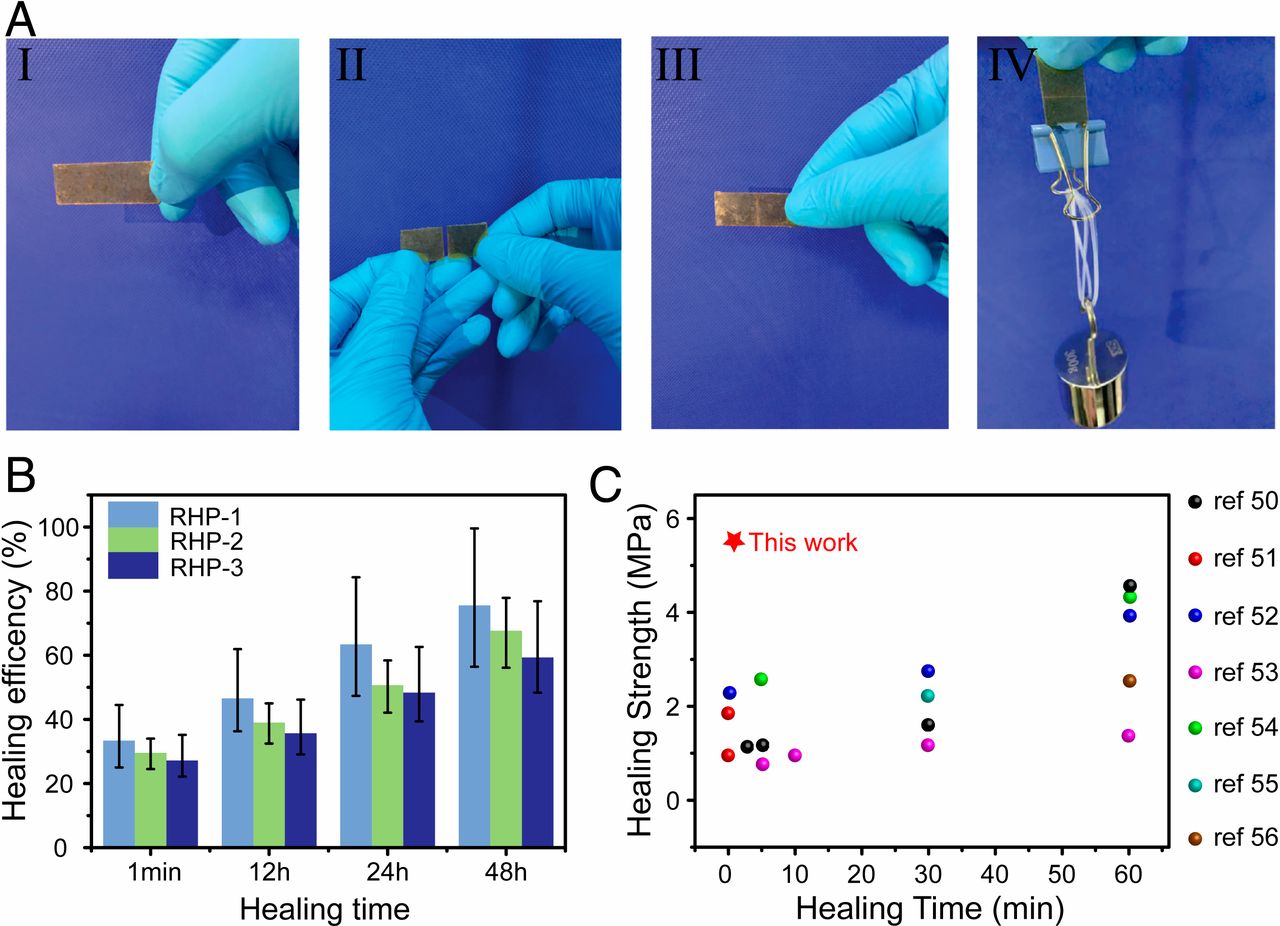Professor Guangsu Huang and Professor Jinrong Wu’s team from the SCU College of Polymer Science and Engineering has made important research achievements in self-healing glassy polymers. The research findings were published in a paper entitled “Room-temperature Autonomous Self-healing Glassy Polymers with Hyperbranched Structure” in the May edition of PNAS (the Proceedings of the National Academy of Sciences ). Professor Jinrong Wu is the corresponding author, and the College of Polymer Science and Engineering of Sichuan University is the corresponding work unit.
Glassy polymers are widely used as structural materials in aerospace vehicles, automobiles, buildings, medical devices, and so on.However, glassy polymers are difficult to self-heal at room temperature due to their frozen molecules. For example, the window glass of airplanes made of polycarbonate cannot repair mechanical damages autonomously, which could lead to a catastrophe. Also, when the mobile phone’s screen is damaged, it can only be replaced, which leads to waste of resources. Therefore, it is of great significance to develop self-healing glassy polymers at room temperature, but it is still a huge challenge.
In this project, the researchers take advantage of the high mobility of hyperbranched polymers, and introduce hydrogen complementary moieties onto the hyperbranched structure, enabling the construction of a series of autonomous room-temperature self-healing glassy polymers. “Glassy polymers are extremely difficult to self-heal below their glass transition temperature (Tg) due to the frozen molecules. Here, we fabricate a series of randomly hyperbranched polymers (RHP) with high density of multiple hydrogen bonds, which show Tg up to 49 °C and storage modulus up to 2.7 GPa. We reveal that the hyperbranched structure not only allows the external branch units and terminals of the molecules to have a high degree of mobility in the glassy state, but also leads to the coexistence of “free” and associated complementary moieties of hydrogen bonds. The free complementary moieties can exchange with the associated hydrogen bonds, enabling network reconfiguration in the glassy polymer. As a result, the RHP shows amazing instantaneous self-healing with recovered tensile strength up to 5.5 MPa within 1 min, and the self-healing efficiency increases with contacting time at room temperature without the intervention of external stimuli.” (Abstract)

RHP design concept and synthesis method

RHP molecular motion

RHP hydrogen bonding

RHP self-healing ability
The first author of the paper is Haowei Wang, an SCU graduate student in a master’s program, and the second author is Hanchao Liu, a doctoral student. They have received support from Professor Guangsu Huang, Dr. Rui Zhang, Dr. Bin Yang and Professor Olaf Kessler. The research was funded by NSFC, the State Key Laboratory of Polymer Materials Engineering (sklpme 2019-2-14), andChina Basic Research and Development Fund for Universities.
Being the official journal of the National Academy of Sciences (NAS), the Proceedings of the National Academy of Sciences (PNAS) is an authoritative source of high-impact, original research that broadly spans the biological, physical, and social sciences. It is recognized as one of the four world famous journals (Cell, Nature, Science, and PNAS).
PNAS was established in 1914 in honor of the semicentennial anniversary of the National Academy of Sciences. Since then, the journal has published only the highest quality scientific research and to make that research accessible to a broad audience. In addition, PNAS publishes science news, Commentaries, Perspectives, Colloquium Papers, podcasts, and profiles of NAS members.
Article link:https://www.pnas.org/content/early/2020/05/06/2000001117
